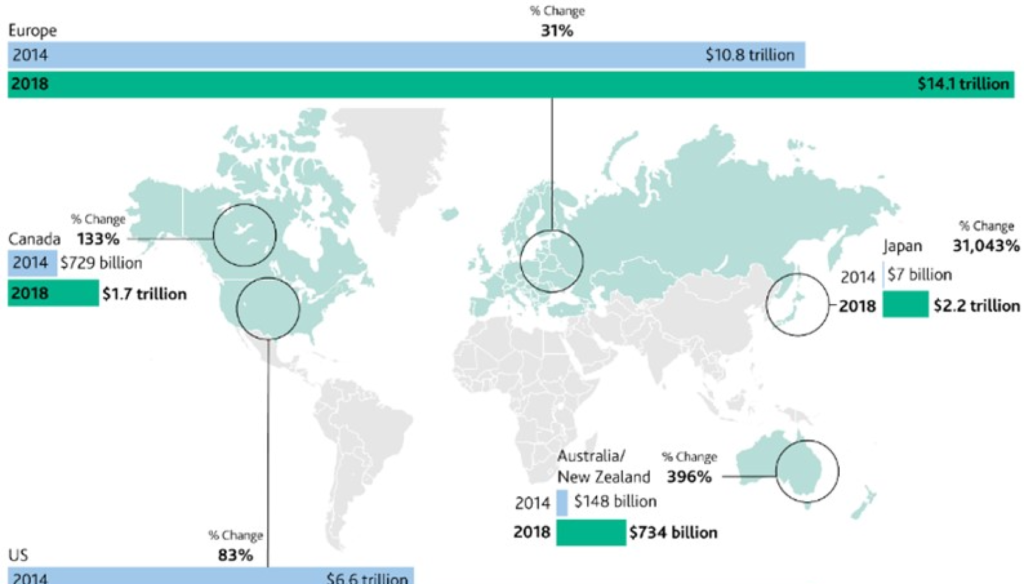The Industrialization of ESG Investment
- Simon Robinson |
- Director – Product Management |
- Moody’s Analytics
Naturally, all of this has brought with it a greater focus from regulatory bodies, although the response has varied considerably between the US, UK, and EU. The UK government has put forward proposals to require occupational pension schemes with £5 billion or more in assets and all authorized master trusts (there are currently more than 100 such schemes in the UK) to publish climate risk disclosures by the end of 2022. In the EU, the European Commission has been working to establish a framework to facilitate sustainable investment, bringing the Taxonomy Regulation into force in July of this year.
The most recent publicly available study on the Non-Financial Reporting Directive from the European Commission uncovered, among other things, very strong support for common standards (82% of respondents), strong support for digitalization of non-financial data (64%), and near-universal concerns about the interaction between different pieces of sustainability-reporting legislation—only 3% of respondents believe that these interactions currently work well. This push for standardization is reflected in the current work on the EU Green Bond Standard, which aims to establish uniformity in this important area across the EU.

By contrast, in the US, the SEC has yet to mandate ESG disclosures. In addition, the US Department of Labor’s recently published proposal around ESG disclosures indicates that the Employee Retirement Income Security Act (ERISA) plan fiduciaries’ main responsibility should be to employ an investment strategy that is designed to achieve the best financial outcome for plan members. If an ESG-driven strategy is being employed, plan fiduciaries may have to justify that it is expected to be a higher-returning strategy, or a lower-risk one, such that the plan members’ financial position is not being compromised for the purpose of non-financial objectives.
Oversight Is Essential
This picture of the ‘industrialization’ of ESG investing is complex and evolving rapidly. What is clear, and seems to be the consensus among affected firms, is that they can no longer act in this space and attribute their efforts to generalized ESG principles, without oversight: the formerly “wild west” nature of the ESG landscape is becoming regulated, and asset managers need to be prepared to act accordingly.
We hear and see that asset owners are increasingly scrutinizing their ESG investments, wanting more in the way of reporting, meaningful impact, and alignment with existing ESG standards and market best practices.
However, the divergence in regulations globally is challenging. There are differing standards for voluntary ESG disclosures—from the Sustainability Accounting Standards Board to the Global Reporting Initiative, the Carbon Disclosure Project in the UK, and the U.N. Global Compact—all with different requirements and principles around application and understanding of what the standards should be. Unsurprisingly, this leads to challenges for asset managers who are looking to manage their funds and client portfolios to these disparate standards.
Recently, the International Organization of Securities Commissions announced a task force that will look for “commonalities” among the various global standards to create a “more cohesive, more transparent … standardized” form of ESG disclosures.




